- Home
- Heating With Wood
- Burning Firewood
Burning Firewood
This post may contain affiliate links so I earn a commission.
Burning firewood can be a great way to reduce your home heating costs.
It gives you the opportunity to keep your house warm while knowing you're doing it at an affordable price.
A common question for most people during the winter is..... how much money am I going to spend heating my house?
What will propane, fuel oil or natural gas cost this year?
Plus, if your like me keeping the thermostat turned down means saving money, but does not necessarily make everyone in the house happy.
One good thing about firewood is the price remains pretty constant from year to year.
While fuel oil, propane and natural gas prices seem to be dictated by climate conditions and the stock market, firewood prices remain pretty steady.
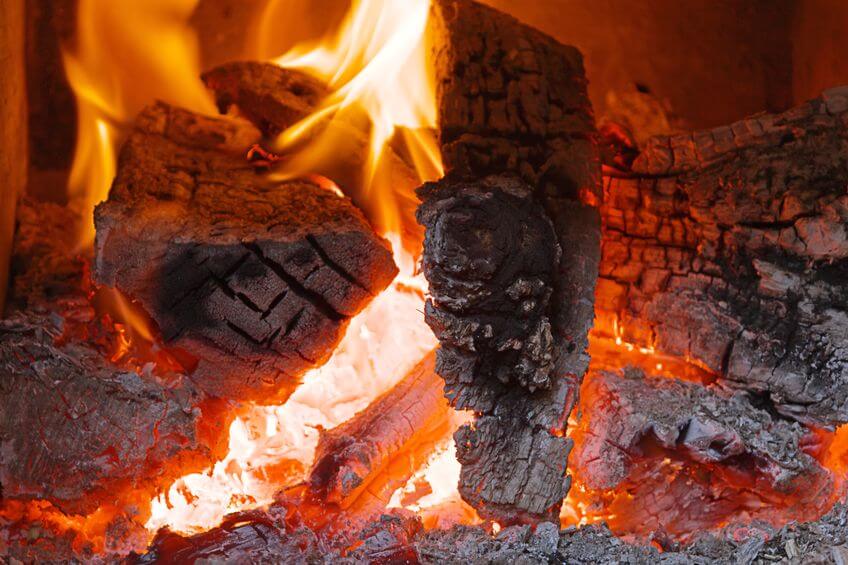
This will give you a long term idea of what your heating prices might be no matter what happens throughout the world that's out of your control.
Burning firewood is more than just throwing some wood into your fireplace and expecting everything to be fine.
It takes time, energy and planning to ensure your firewood is going to supply you with the heat you need and expect.
Which Heat Source Works Best For You?
The method you use when burning firewood is up to you.
It depends on the amount of space you need to heat, budget and personal preference.
Some heating devices like a fireplace or wood stove only generate heat for one specific part of your home, the area where the device is located.
Other devices like an outdoor wood furnace are capable of heating your entire home but the cost of the unit is a lot more.
To learn more, let's compare each of the different heating options:
Fireplace:
An open fireplace is the least efficient way to heat your home with firewood.
As the fire burns down, the draft of the chimney continues to pull warm air from your home.
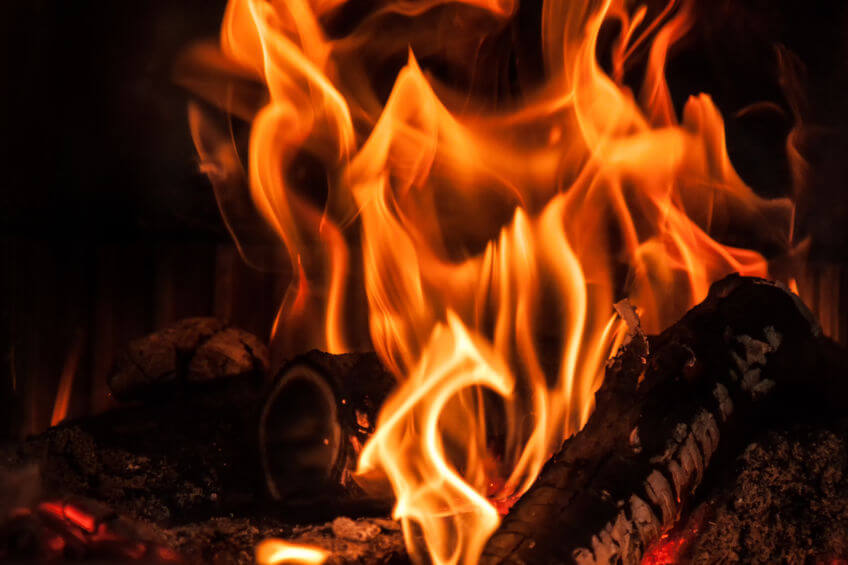
Sure you'll feel warm around the fireplace while there's a roaring fire going, but after you go to bed and the fire dies down, you'll be loosing all the heat you gained as it flows up the chimney and out of your home.
You can reduce this factor a little bit by adding glass doors to the front of your fireplace, but overall a fireplace ads a great focal point to a room, but they don't offer a good source of heat efficiency.
Fireplace Insert:
If you have a pre-existing fireplace, a fireplace insert is a great way to improve efficiency.
Just about every wood stove manufacturer produces a fireplace insert.
Inserts work great but they typically rely on a blower system to move the hot air that surrounds the firebox into your home.
Since they're inset into the fireplace, they don't have the ability to radiate heat on all sides like a wood stove would do.
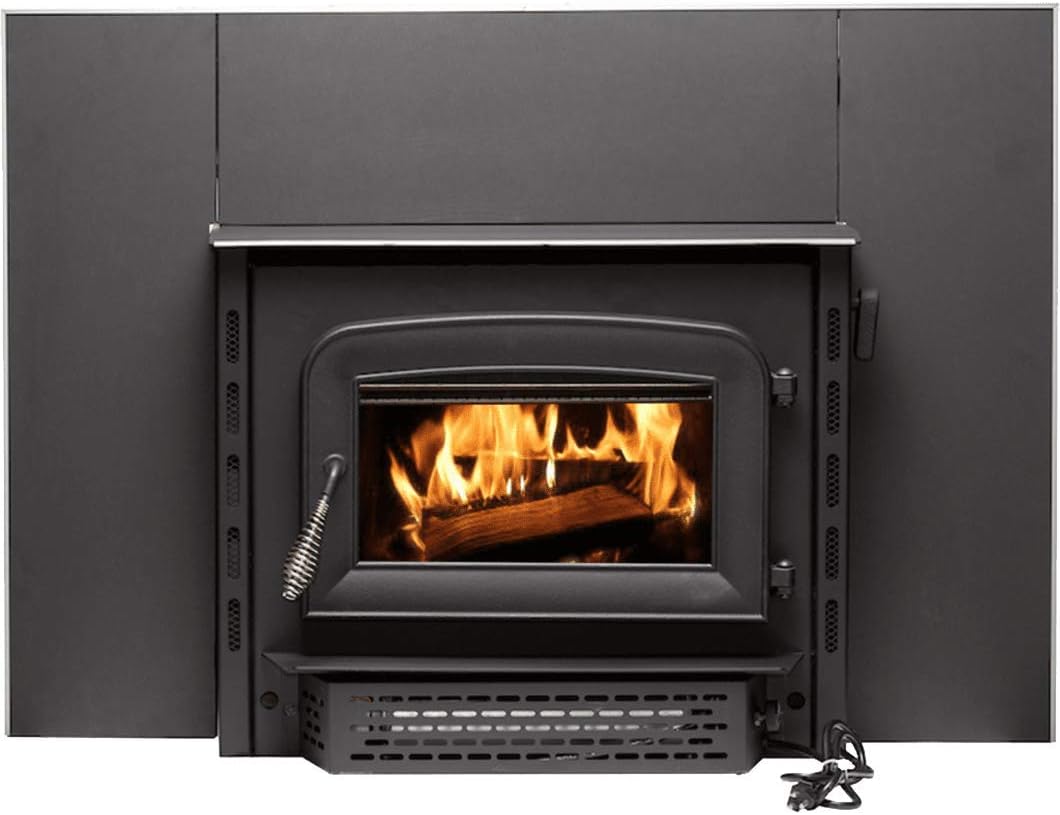
So, in order to capture as much heat as possible, a blower fan is used to blow the hot air from the unit into your home.
The fan works great, but you have to deal with the noise of the fan blowing....plus it dries out the air inside your house a little faster than a conventional wood stove.
Wood Stove:
The elegance, beauty and efficiency of a modern wood stove is hard to beat. Today's stoves are very efficient compared to the old "smoke dragons" of the past.
Secondary combustion makes modern wood stoves efficient and clean burning, reducing creosote buildup and unhealthy emissions into the outside air.
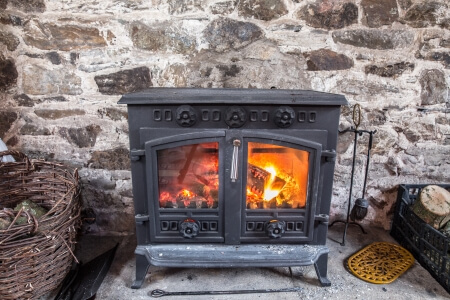
When shopping for a wood stove for burning firewood, I recommend buying an EPA certified stove that's properly sized for your home.
A stove that's too large will cause you to open windows all winter long and a stove that's too small will leave you cold and regretting your purchase.
Outdoor Wood Furnace:
I've heated with an outdoor wood furnace for years.
Although the upfront cost is much higher than a wood stove, you have the advantage of a whole home heating system as opposed to the heat coming from one specific location.
An outdoor wood furnace uses heat exchangers in conjunction with your homes HVAC system to distribute the heat throughout your house using the thermostats you already have.
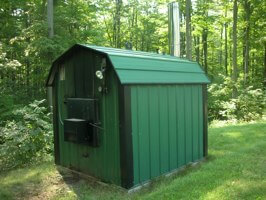
It's basically just like running your furnace, the only difference is the heat is supplied by the firewood and not another fuel source.
Outdoor wood furnaces (also known as a wood boiler) burn a lot of firewood.
I burn about 8-10 full cords a year to heat my home.
That's a lot of wood to cut every year, however the wood doesn't need to be split when using a wood boiler because they're so large, so that saves a lot of time.
Burning Firewood - Make Sure It's Dry
Okay, now that you have an idea of what device you want to use to heat your home, do you have a plan on how to prepare your firewood to make sure it's ready to use?
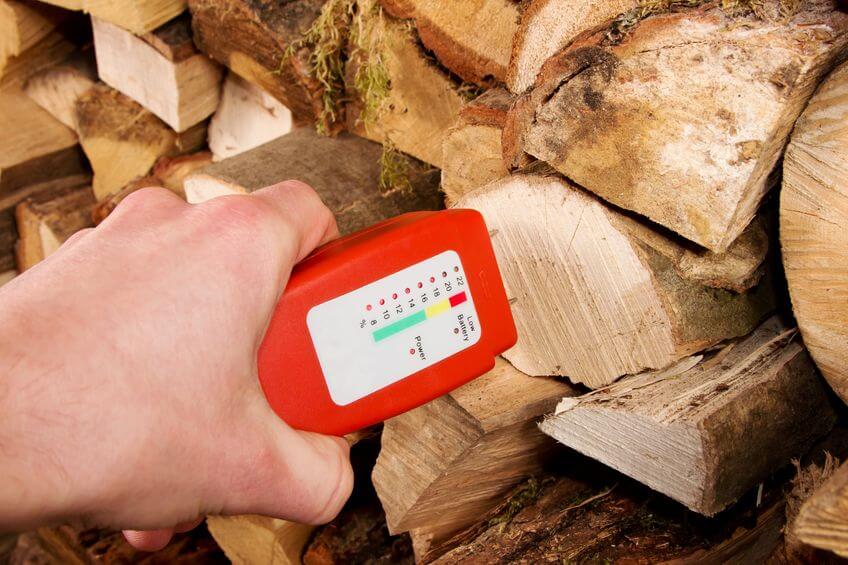
Green firewood, which is wood that has not been seasoned and is full of moisture, has been recently cut and is not suitable for burning.
Green firewood creates a lot of smoke and uses the fires energy to evaporate the moisture.
This is the sizzling sound you hear when you burn wet wood. You can also associate that sizzling sound with wasted heat.
Green firewood can also increase the chances of creosote buildup inside your chimney when burning firewood.
Creosote is a dangerous flammable buildup responsible for destructive chimney fires.
To help prevent creosote buildup when burning firewood, use dry, seasoned wood and clean your chimney at least once a year.
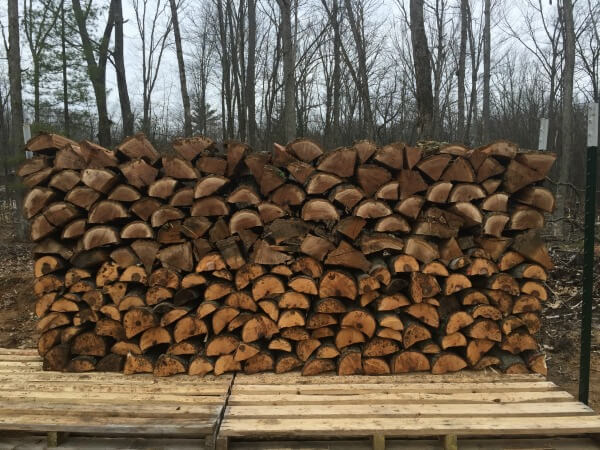
To convert green firewood into dry, seasoned firewood, a couple of steps should be followed.
Seasoned firewood is described as wood that has a moisture content of roughly 20% or less. To reach this figure consider the following:
- Give the wood time to season
- Split the wood and let the air dry it out
- Keep the firewood off the ground
Burning Firewood - Now You're Ready
Switching to firewood to heat your home is not an easy decision.
It's a commitment and a lot of extra work compared to heating with propane, natural gas or some other form of fuel.
Choose a heating device that's right for you and feed that device with good quality seasoned firewood and you will not regret switching to wood heat.
There's a different felling of warmth when you heat with wood.
It warms you to the core, making you feel relaxed even on the coldest winter nights.
Plus, it's a great feeling knowing it's costing you a fraction of the price!

About the Author
Obsessed with firewood, Nick is behind over 350+ of Firewood For Life's articles, as well as countless reviews, guides and YouTube videos to help readers like you reduce heating costs and create the perfect fire.


